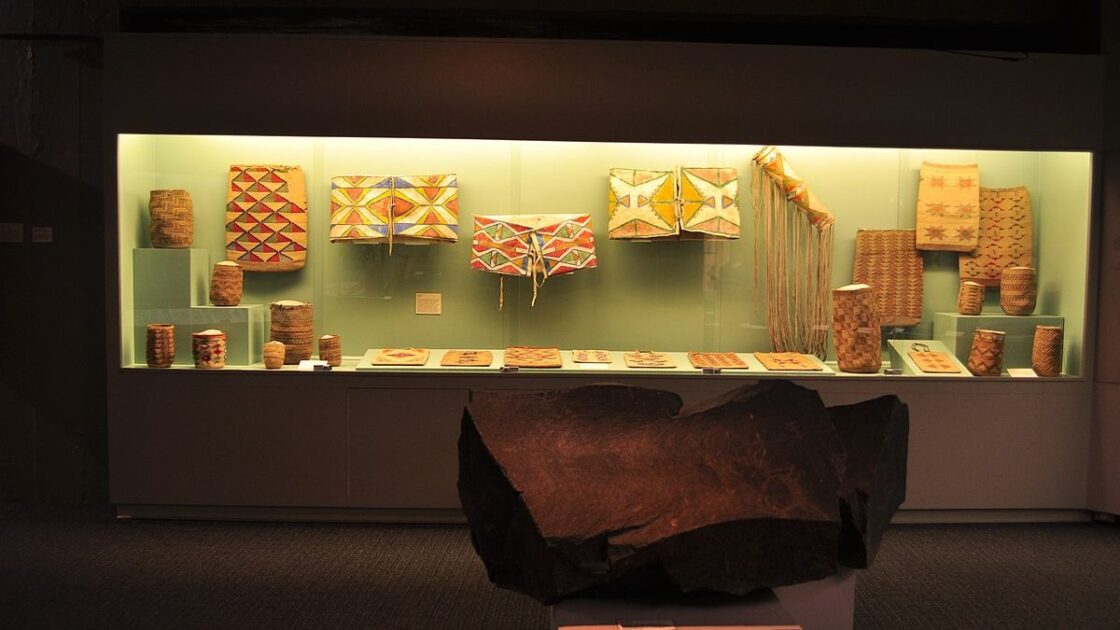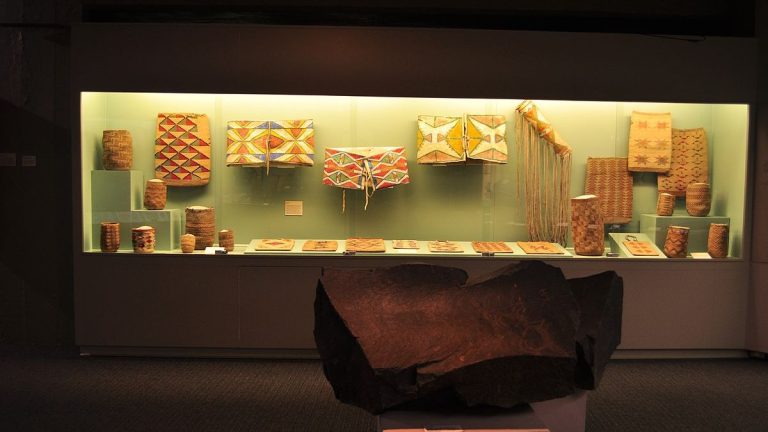Policy

Last week, the American Museum of Natural History in New York closed two major Native American exhibits to the public in its latest effort to comply with White House requirements to return Native American items. The requirement to return cultural items to Native American tribes was imposed for the first time in decades, but has received support from President Joe Biden.
Tribes have long argued that museums and other institutions have been slow to comply with the repatriation law. Now, many are celebrating the removal of their history from educational institutions in the name of cultural healing.
But what price will the community and, perhaps more importantly, the tribes affected by this measure have to pay?
It does more harm than good
The famous American Museum of Natural History in New York closed two Native American exhibits last Friday.
Museum President Sean Decatur said:
“The halls we are closing are artifacts of an era when museums like ours did not respect the values, perspectives and common humanity of Indigenous peoples.”
The New York museum action comes on the heels of the Biden administration's demand that museums and universities return human remains and cultural items associated with Native American tribes within the next five years. This requirement comes from the Native American Graves Protection and Repatriation Act, or NAGPRA, of 1990, which requires the same thing.
So why did it take so long for museums and other institutions to repatriate said items? Many argue that the lack of historically verifiable documentation within the Native American community to prove ownership of said items has made it difficult for museums and universities to ensure the remains and items are properly returned.
RELATED: Extreme gender ideology comes to American Anthropological Association
However, thanks to the Biden administration, curators are now required to:
“…respect the traditional knowledge of Native Americans about their descendants, Indian tribes, and Native Hawaiian organizations.”
Essentially, if documentary evidence is not available, curators must take the word of the tribal leaders when returning items. Not only is this unscientific, it opens the doors to all sorts of mishaps, including inaccurate repatriations, tribal squabbles over said items, and worse yet… losing these historical items forever.
It's not just about the bones
As usual, government tends to make almost any situation worse. Elizabeth Weiss, an anthropology professor at San Jose State, has warned about this from the beginning.
Professor Weiss wrote to The Policy Insider:
“I predicted that the new NAGPRA regulations would bury our ability to conduct objective scientific investigations, obscure our discoveries about the past, and destroy biological anthropology.”
Professor Weiss goes on to explain the more profound implications of NAGPRA regulations beyond science:
“However, the new regulations will impact more than just science and natural history museums — the new targets include artwork purchased from contemporary Native American artists. At a recent NAGPRA information session on the new regulations, museum trustees were asked to consult with tribes on displaying modern art Created by Native American artists and recently purchased by museums.
RELATED: Birds get new names in 'anti-racism' effort.
The professor is not wrong, as evidenced by the Cleveland Museum of Art covering Native American pieces as NAGPRA. Other items from other museums will also be removed, including Native American musical instruments from the famous Metropolitan Museum of Art in New York.
Lost forever
What happens to the history, legitimate scientific study, and cultural appreciation of these tribes when these items are removed from exhibits and institutions of higher learning? What happens to that culture if there are no items for scholars to study and no cultural objects for society to admire?
While society claims to respect the cultures of these tribes, it allows their existence to be erased, robbing them of their historical voice and place in the grand timeline of humanity. The virus of the progressive woke mind poses a danger not only to education, science, and culture, but to those who claim to be fighting for them.
The best way to preserve the culture of “marginalized” groups is not to remove their history from museums and universities, but to display more of it. The world and societies become richer and stronger by studying those who came before them, not by burying them or hiding them from view.
If we are not careful, all that will remain of tribal societies will be their sacred oral history which, with each passing new generation, is in danger of disappearing like a whisper in the winds of time.
It's time to support and share the sources you trust.
The Policy Insider ranks third on Feedspot's “Top 100 Political Blogs and Websites” list.


